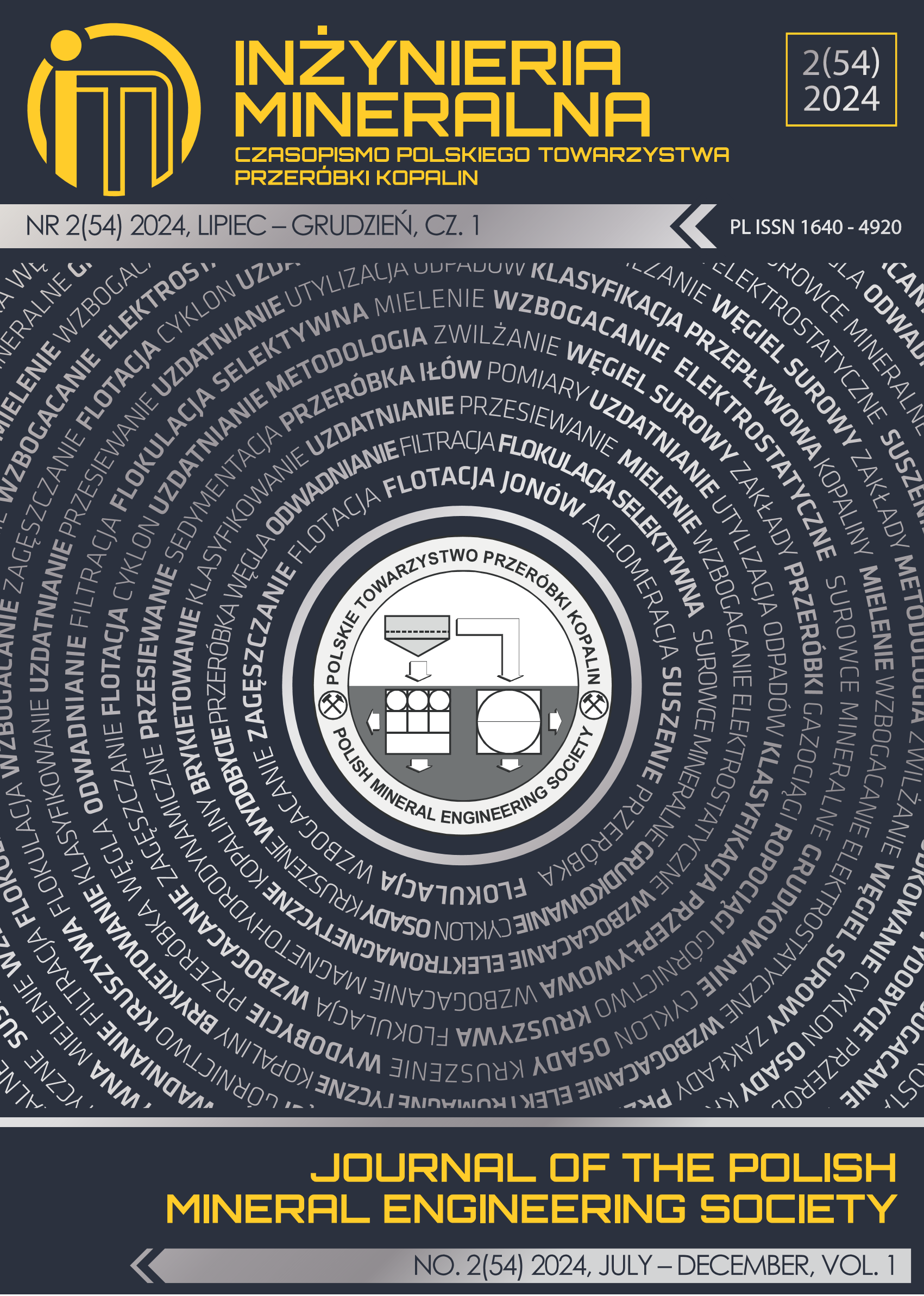Wpływ dedykowanego spoiwa na właściwości mieszanek poddanych recyklingowi na zimno
Słowa kluczowe:
mieszanki z recyklingu na zimno, dedykowane spoiwo, spieniony asfalt, nawierzchnia asfaltowa z recyklingu
Abstrakt
The most important priority in the field of environmental protection is the implementation of the principle of closed-cyclematerials management in construction. This problem also plays an important role in road construction. Due to the increasing
traffic load of heavy vehicles and the impact of climatic factors, the road structure is subject to destructive processes that lead to
the loss of its durability in time. Therefore, the roads periodically need to be modernized. Very often, it is necessary to carry out
critical activities on the foundation to improve the load-bearing capacity of the pavement structure. As part of these works,
large amounts of reclaimed asphalt and aggregate are obtained during milling of the lower structural layers of the surface.
Applying the principle of closed-cycled material management, the most effective technology for using this material is its reconstruction
using deep cold recycling technology. This technology uses hydraulic binder and bituminous emulsion, and
currently, more and more often, foamed bitumen. Due to the fact that the materials obtained from road structure layers are of
very different quality, it is necessary to use a binder that will be dedicated specifically to the materials used (reclaimed asphalt
pavement, reclaimed stone). In experiment Portland cement CEM I 32.5, hydrated lime and cement by-pass dust as a byproduct
obtained from cement plants were used. All components were mixed in various proportions controlled by experiment
plan. The influence of a dedicated binder on absorption, dynamic modulus, phase angle in the specific temperature range and
rutting resistance of a cold recycled mixture designed with reclaimed asphalt pavement, reclaimed aggregate and foamed
asphalt was examined. The obtained test results were subjected to statistical analysis using the ANOVA test in order to
determine the significance of the influence of individual components of the dedicated binder on the considered parameter of the
cold recycled mixtures. It was determined that the dedicated binder used for the tested recycled asphalt mixture ensures its
most favorable parameters when contains: 40% CEM I 35.2, 20% hydrated lime and 40% cement by-pass dust.
Opublikowane
2024-12-21
Jak cytować
Iwański, M., Mazurek, G., Iwański, M. M., & Buczyński, P. (2024). Wpływ dedykowanego spoiwa na właściwości mieszanek poddanych recyklingowi na zimno. Inżynieria Mineralna, 1(2). https://doi.org/10.29227/IM-2024-02-7
Dział
ARTYKUŁY
Czasopismo pozostawia część majątkową praw autorskich autorowi.
Czasopismo zezwala autorom i zachęca ich do zamieszczania swoich artykułów na prywatnych stronach internetowych oraz w instytucjonalnych repozytoriach. Dotyczy to zarówno wersji przed opublikowaniem, jak i wersji po publikacji. Udostępniając swoje artykuły są zobowiązani do zamieszczenia szczegółowych informacji bibliograficznych, w szczególności (o ile to tylko możliwe) podania tytułu tego czasopisma.







.png)
